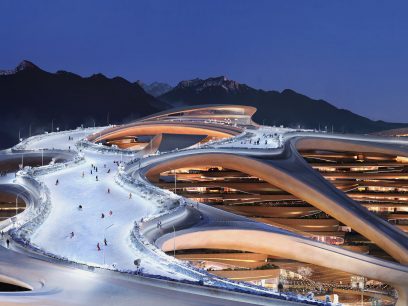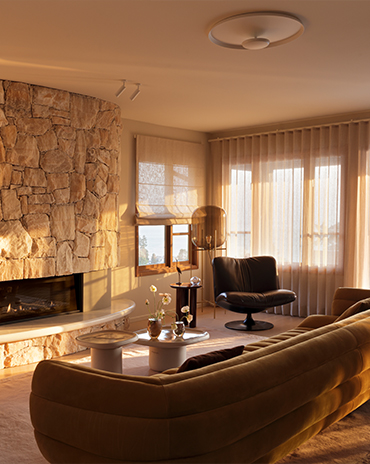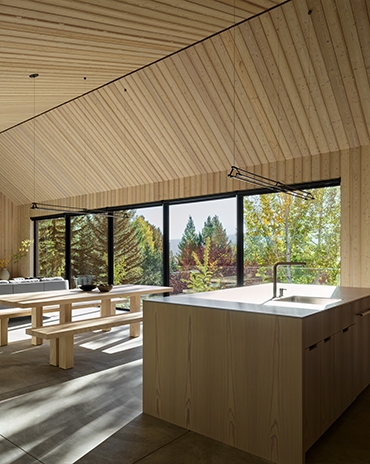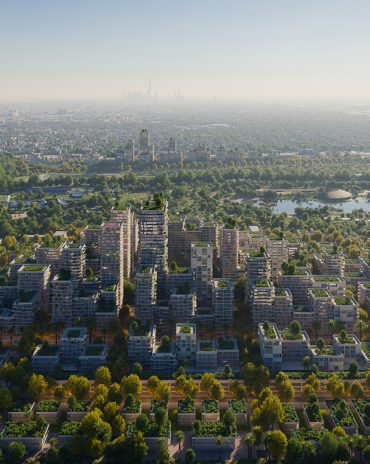Copyright © 2025 Motivate Media Group. All rights reserved.
French duo Anne Lacaton and Jean-Philippe Vassal win 2021 Pritzker Architecture Prize
The French architects are known for their restorative architecture and social housing projects
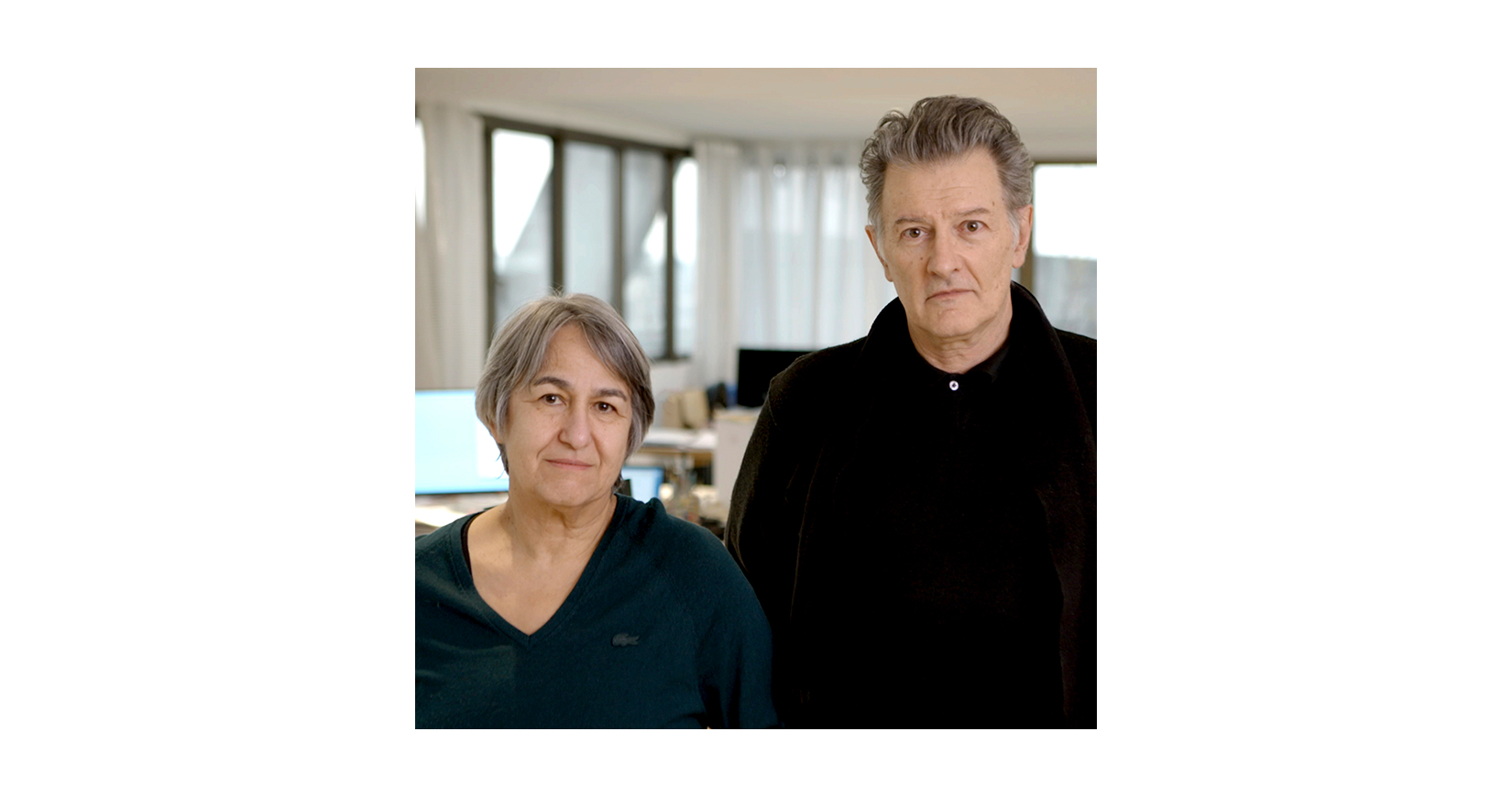
French architects Anne Lacaton and Jean-Philippe Vassal have been selected as the 2021 Laureates of the Pritzker Architecture Prize.
Having established their practice, Lacaton & Vassal, in Paris in 1987, the pair have completed over 30 projects throughout Europe and West Africa, with a strong focus on restorative architecture and social housing projects, as well as private residences, cultural and academic institutions, public spaces, and urban developments.
“Not only have they defined an architectural approach that renews the legacy of modernism, but they have also proposed an adjusted definition of the very profession of architecture,” said the Pritzker jury.

École Nationale Supérieure d’Architecture de Nantes. Photo courtesy of Philippe Ruault.
“The modernist hopes and dreams to improve the lives of many are reinvigorated through their work that responds to the climatic and ecological emergencies of our time, as well as social urgencies, particularly in the realm of urban housing. They accomplish this through a powerful sense of space and materials that creates architecture as strong in its forms as in its convictions, as transparent in its aesthetic as in its ethics.”
Lacaton & Vassal’s approach to architecture that prioritises enriching human life and reexamining sustainability through a commitment to restoring pre-existing structures and advocating a “never demolish” attitude, played a major role in their win.

129 Units, Ourcq-Juarès Student and Social Housing. Photo courtesy of Philippe Ruault.
“This year, more than ever, we have felt that we are part of humankind as a whole. Be it for health, political or social reasons, there is a need to build a sense of collectiveness. Like in any interconnected system, being fair to the environment, being fair to humanity, is being fair to the next generation,” said Alejandro Aravena, Chair of the Pritzker Architecture Prize Jury.
“Lacaton and Vassal are radical in their delicacy and bold through their subtleness, balancing a respectful yet straightforward approach to the built environment.”

129 Units, Ourcq-Juarès Student and Social Housing. Photo courtesy of Philippe Ruault.
Their work often considers what already exists, allowing histories to carry their narratives forward. Rather than filling and losing the impressive void of the Atelier de Préfabrication no. 2 (AP2), a postwar shipbuilding facility at the shoreline of a waterfront redevelopment project, the architects chose to erect a second building, identical in shape and size to the first. They used transparent, prefabricated materials, resulting in unhindered views through the new to the old. The original landmark, designated for public programming, and the newer structure, FRAC Nord-Pas de Calais, housing galleries, offices and storage for the regional collections of contemporary art, can function independently or collaboratively. They are connected by an internal street located in the void between the two structures.
With their project for the Latapie House in Floirac, France, the duo used the application of greenhous technologies to install a winter garden that allowed a larger for a modest budget, manipulating materiality to allow natural light to illuminate the entire dwelling and enlarging its communal spaces, and enabling ease of climate control.

Transformation of G, H, I Buildings, Grand Parc, 530 Units, Social Housing (with Frédéric Druot and Christophe Hutin). Photo courtesy of Philippe Ruault
“Good architecture is open—open to life, open to enhance the freedom of anyone, where anyone can do what they need to do,” said Lacaton. “It should not be demonstrative or imposing, but it must be something familiar, useful and beautiful, with the ability to quietly support the life that will take place within it.”
“Our work is about solving constraints and problems, and finding spaces that can create uses, emotions and feelings. At the end of this process and all of this effort, there must be lightness and simplicity, when all that has been before was so complex,” Vassal added.
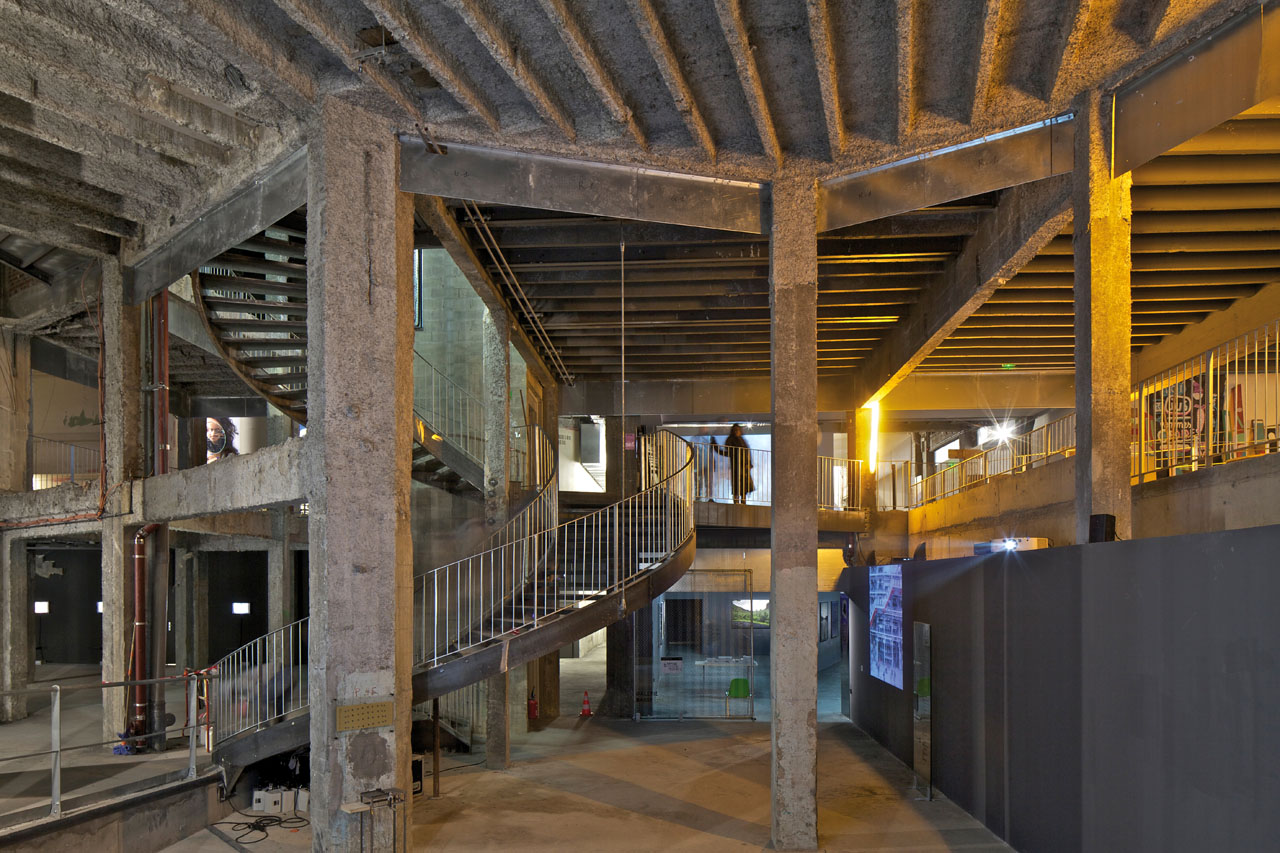
Site for Contemporary Creation, Phase 2, Palais de Tokyo. Photo courtesy of Philippe Ruault.
All photos courtesy of The Pritzker Architecture Prize.
The Latest
Things to Covet in June 2025
Elevate your spaces with a pop of colour through these unique pieces
Designing Spaces with Purpose and Passion
We interview Andrea Savage from A Life By Design – Living & Branding on creating aesthetically beautiful and deeply functional spaces
Craft and Finesse
EMKAY delivers a bold and intricate fit-out by transforming a 1,800 sqm space into SUSHISAMBA Abu Dhabi, a vibrant multi-level dining experience
An Impressive Entrance
The Synua Wall System by Oikos offers modularity and style
Drifting into Summer
Perennials unveils the Sun Kissed collection for 2025
The Fold
Architect Rabih Geha’s collaboration with Iwan Maktabi
From Floorplans to Foodscapes
For Ayesha Erkin, architecture was never just about buildings, but about how people live, eat, gather and remember
Between Sea and Sky
Cycladic heritage, heartfelt hospitality and contemporary design converge on Deos Mykonos, designed by GM Architects
A Fresh Take on ’70s Style
Curved shapes and colourful artworks bring vibrancy to this contemporary home with mesmerising nature views
Into the Woods
Perched among the treetops, this serene home’s permanent connection to nature invites dwellers to unplug and unwind
A New Chapter for Dubai – Jebel Ali Racecourse
A.R.M. Holding and BIG unveil visionary masterplan around Jebel Ali Racecourse




